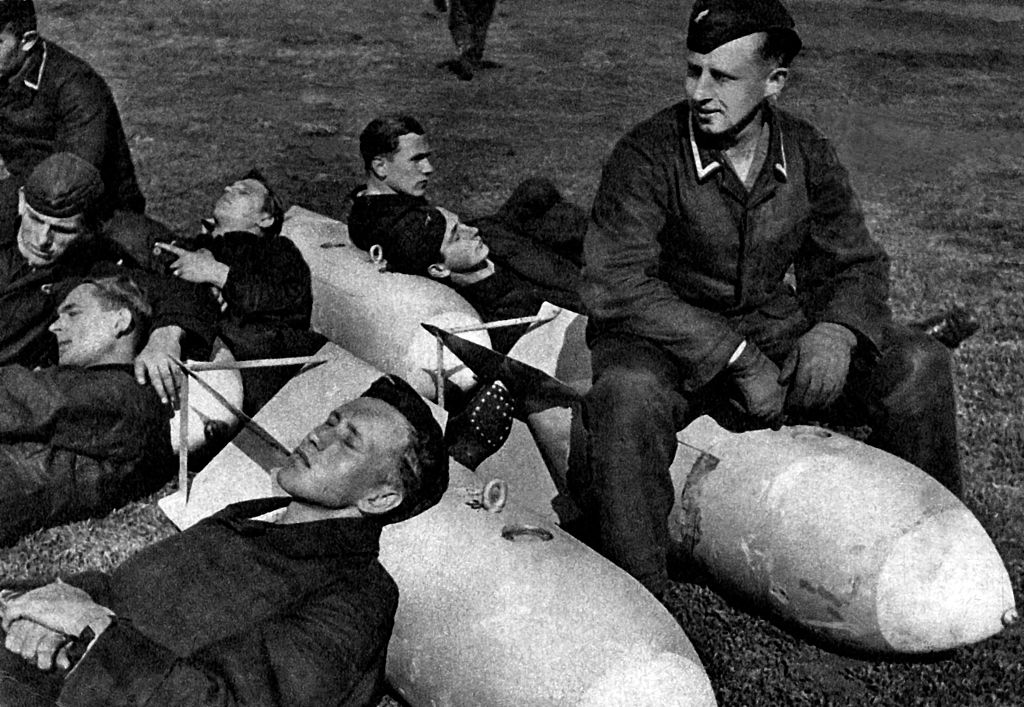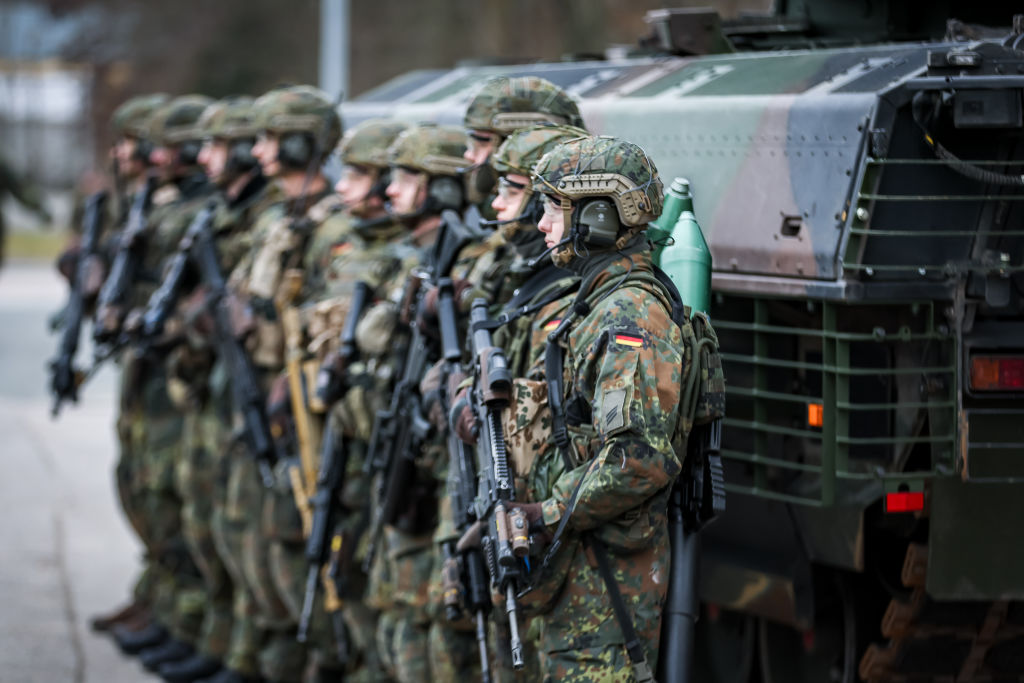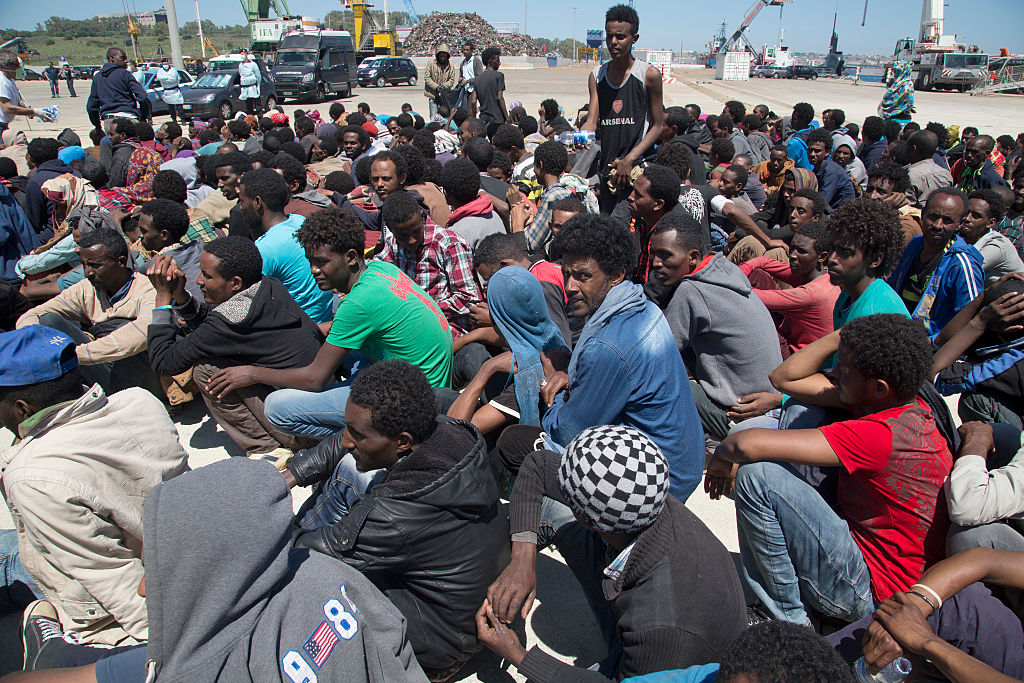Two years ago, Chris Kaba, a black Londoner, professional criminal and violent gang-member was shot dead by a member of the London Metropolitan Police while driving his speeding car at other policemen. No outsider looking at the case, and considering the dead man’s appalling personal history, would have doubted that the killing was – in the American term – “righteous”. Nonetheless, Martyn Blake, the police officer, was charged with murder, and the London Mayor, Sadiq Khan issued a statement of such bilious incontinence and tendentious treachery that it is quite astonishing that Scotland Yard did not stuff him full of straw and burn him alive on Bonfire Night. Here it is.
“I understand the impact Chris Kaba’s death has had on London’s communities and the anger, pain and fear it has caused. I send my heartfelt sympathies to Chris Kaba’s family, friends and the wider community once again. There’s clearly still a wider lack of trust in the police, particularly within the black community, that needs to be addressed. As Mayor, I will continue to work with the government to support and hold the Metropolitan Police to account to ensure any lessons are learnt and the Met commands the trust of all Londoners as we build a safer London for everyone.”
An interesting observation about the “black community”, which is in fact heartily sick of being victimised – though not by the police, but by its own young males. Though black males constitute 6.5 per cent of the population of London, they are responsible for 61 per cent of the knife-murders and 45 per cent of knife-victims, virtually all the latter being by fellow blacks. Percentages for other categories of crime within London have historically been comparable, but modern figures are now more difficult to obtain within the statistical thickets that the authorities seem to have deliberately created to prevent our discovering the presumably “racist” truth.
Simply, the London “black community” – a broad brushstroke term – is, like their equivalents in other cities, deeply troubled. In London, as in Minneapolis or Chicago, it is easier to blame the police for this than to look hard at those communities and ask searching questions about why this should be so. Not merely is there a political agenda here, there is also a professional one, that goes by the tautological definition of “human rights lawyer.”
The concept of a “human rights lawyer” in large part owes its existence to the European Court of Human Rights, which for decades has been reaching lofty, sanctimonious judgements on issues that, by their violence and their complexity, defy the kind of outcome that “human rights lawyers” prefer: their ‘client-victim’ being exonerated while their extravagant fees are paid by the opposing government. (You don’t read much about HRL’s fees, do you? I wonder why).
Until such day as furniture, dogs or boulders employ lawyers, all members of that exalted species defend human rights – either the rights of the accused or the rights of a litigant or the rights of the state conferred on it by other humans. There is no autonomous, inhuman entity here, so that the self-proclaimed “human rights lawyers” do no more than the rest of their professional caste, with this exception: their loud and endless virtue-proclaiming. Yet they still get paid the pro-rata fees, usually from the public purse, even as they preen their greasy feathers of moral smugness.
“Human rights” is usually a term that is invoked in a defence of the accused or the convicted terrorist or member of a minority group, hardly ever about the victims of ordinary crime or terrorism. The exceptions are if the accused or the convicted person is a police officer or soldier, in which case the term “human rights” vanishes like a lizard down a crack. The human rights of the inhabitants of Guantanamo Bay are forever discussed by “human rights lawyers”: the human rights of British soldiers in Iraq or Northern Ireland, as an intellectual or moral concept, are almost non-existent.
Perhaps no case typifies this as much as that of Major Bob Campbell, a gallant and much-decorated officer in the Royal Engineers, whose career took him to extremely active service in Iraq and hazardous bomb-disposal activities in Afghanistan. The former area became an extremely profitable area of operations for “human rights lawyers” operating under the title of the Iraq Historic Allegations Team, the most successful and energetic being a Coventry-based solicitor named Phil Shiner. In 2003, the then Captain Campbell had unsuccessfully tried to save an Iraqi youth in a sewage-filled canal in Basra, but later found himself accused of complicity in the youngster’s death. This affair was investigated in detail and at length no less than eight times, and each inquiry exonerated Campbell, after which another fresh enquiry was instigated, usually by — who else? — human rights lawyers, naturally. Indeed, Phil Shiner was even awarded the title, Human Rights Lawyer of the Year, given an honorary doctorate and acclaimed by the National Council of Civil Liberties. But it turned out that Shiner was a crook who had bribed Iraqi witnesses to make false allegations against British soldiers, and by the time he was struck off in 2017, this jewel in the crown of human rights lawyers was found to had been instrumental in forwarding about 65 per cent of the 3,392 allegations (most of them bogus) against British soldiers, including Bob Campbell. By the end of this monstrous travesty, and after all those separate and gruelling investigations over seventeen years, in which he often had to pay for his own defence, Campbell’s life and his health were both in ruins.
Comparable travesties have haunted the Northern Ireland Troubles, in which “human rights lawyers” (but with a strangely republican complexion: one wonders why) have been retrospectively revisiting carefully-chosen episodes and dismantling them deed by deed, but now free of the context of the time. A coroner’s enquiry into the Special Forces killing of IRA terrorist “Pete” Ryan cost £10 million and involved no less than ten King’s Counsel. Ryan was an extremely canny terrorist, having evaded capture for years, during which his “unit” had murdered some forty people, most of them unarmed. He was finally shot dead by an SAS team as his team arrived to kill a Protestant man named Trevor Harkness, whom a rather gallant SAS man was pretending to be. Once Ryan’s boys opened fire, the hidden SAS team cut them to pieces. One of that team, now an alcoholic recluse suffering from severe post-traumatic stress, recently refused to give evidence to a specially-convened coroner’s inquest into Ryan’s killing and was given a six-month jail sentence.
An earlier accomplice of Ryan was a serial-killer names James Lynagh. Both men were involved in the murder at his home of the 84-year-old veteran of the Somme, Sir Norman Stronge in 1981. Of this foul deed, that great invoker of “human rights,” Gerry Adams – and later a regular guest of Tony Blair’s at Downing Street – declared delightedly: “The only complaint I have heard from Nationalists or anti-Unionists is that he was not shot forty years ago.”
Lynagh had earlier been arrested in the Republic soon after a Protestant Border farmer named Livingston had been shot dead at his farm. Though Lynagh’s hands tested positive for firearms’ residue, his clothes were covered in straw from Livingston’s farmyard and he had refused to account for his movements, the Special Criminal Court in Dublin – of course – acquitted him. No sooner was he freed than he gleefully participated in the Stronge murder. Lynagh was finally shot dead along with the rest of his IRA unit by the SAS during an IRA attack on a police station in 1987. Nonetheless, in 2001 the European Court of Human Rights awarded £10,000 to James Lynagh’s family for his tragic loss. Quite so: a nation mourns.
Good men and women, in the police and army of the United Kingdom, daily risk their lives for the greater good of society, but their rights are never regarded as being as sacrosanct as those of the terrorists and criminals they oppose. Martyn Blake, the police officer who justifiably shot Kaba dead and who sought but was denied anonymity, was acquitted by a jury in almost record time, He now has a gangland bounty on his head, meaning that he and his family will probably have to change their names and go into hiding. But who in the National Council of Civil Liberties (also known – small smile – as Liberty) will worry about his human rights or those of his family? Such abstract notions of justice are confined to the official “victim groups”, from the ranks of which usually emerge those who are also responsible for most terrorism and criminality.
This sort of nonsense can only go for so long before young men (and it is young men mostly) decide that joining the police or army makes little sense if the state refuses to stand by them. It is worth repeating this simple truth: Britain is not a police state. In the past fourteen years, just thirty people have been shot dead by the police, literally as many as were killed by lightning-strikes. Maybe the unspeakable Mayor Khan should point his finger accusingly at the clouds and the earth’s electromagnetic core and declare their electrons need to be addressed. He has spoken for one small and very nasty part of British life: so, who now speaks for the majority? Or are the representatives of that majority too scared of being called “racist” to defend those that defend the state? Just one fate awaits a society that does not loyally stand by those who protect it, and it is either peaceful prosperity, with merrymakers dancing around the maypole while the streets echo to the sound of children’s joyous laughter, or something else entirely. Something else entirely gets my vote.
Kevin Myers is an Irish journalist, author and broadcaster. He has reported on the wars in Northern Ireland, where he worked throughout the 1970s, Beirut and Bosnia.





Big apes, but not small humans, come under protection of Spanish law